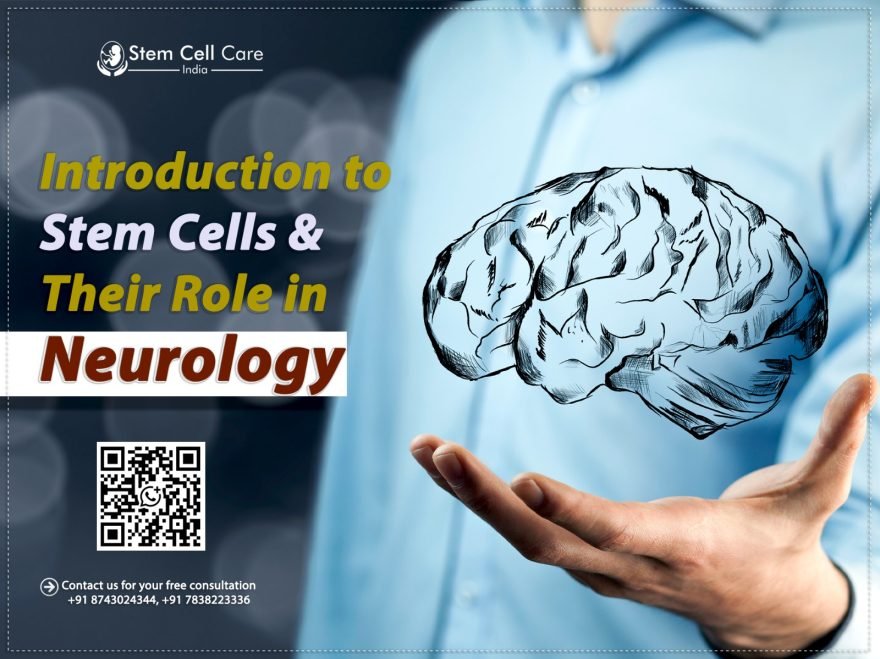Table of Contents
The revolution in regenerative medicine stem cells has emerged as a promising alternative therapy for various conditions that were earlier thought to be untreatable. These special cells have the ability to transform themselves into different cell types found within the body, and this makes them a building block in treating various neurological disorders. But how does it treat neurological disorders? Let’s look at the role of stem cells in neurological disorder treatment.
What Are Stem Cells?
Stem cells are a special kind of cell that possesses the great capacity to become any cell in the body. They are a repair system for the body, repairing and regenerating damaged cells and tissue.
Types of Stem Cells
Here are some of the stem cell types listed below:
- Adult Stem Cells: This type of stem cell, which is commonly found in fat and bone marrow, is used in the repair of damaged tissue but is not very capable of differentiating.
- Induced Pluripotent Stem Cells: Induced pluripotent stem cells, also known as reprogrammed adult cells, act like embryonic stem cells and are an alternative for study and treatment.
- Mesenchymal Stem Cells: Mesenchymal stem cells occur in bone marrow and fat and are applied widely in regenerative medicine for the treatment of immunological and orthopedic diseases.
Over the past years, stem cell treatment has been used to replace lost nerve tissues and has become a promising way of treating neurological diseases.
The Role of Stem Cells in Neurology
As you know, the nervous system is considered very delicate and complex. Any trauma to the brain, spinal cord, or nerves can lead to long-term impairments, as neurons lack the capacity to repair themselves. As a promising treatment, stem cell therapy offers a way of regeneration through replacing defective neural cells with new cells, allowing regeneration, and restoring function to the damaged tissue.
Here are neurological diseases currently under study for the treatment of stem cells:
- Parkinson’s Disease
- Multiple Sclerosis (MS)
- Amyotrophic Lateral Sclerosis (ALS)
- Spinal Cord Injuries
- Stroke Recovery
- Cerebral Palsy
How Stem Cell Treatment Works in Neurological Diseases?
Stem cell treatment is a way of withdrawing stem cells from a patient’s own body or a donor and then implanting them into the injured area. After they are introduced to the area, these cells contribute to the healing or replacement of the damaged nerve tissue through
- Differentiating into glial or neuronal cells
- Reducing Inflammation
- Releasing neurotrophic factors
- Predisposing angiogenesis (growth of blood vessels)
- Forming an environment to encourage nerve regrowth
Primary Benefits of Stem Cell Therapy in Neurology
Here are some benefits of stem cell treatment for neurological disorders:
- Surgical-free treatment for certain disorders
- Slower advancement of neurodegenerative disorders
- Improvement in motor functions and mental skills of a person
- Minimal or no side effects with autologous stem cells.
All of these make stem cell treatment a ray of hope for fatal conditions, improving the quality of life.
Why Stem Cells Play an Important Role in Neurological Rehabilitation?
Stem cells have changed the face of neurology by giving us regenerative options when other treatments have failed. They are turning out to be highly promising for at least slowing disease worsening, repairing nerve damage, and improving brain function overall.
- Stem cells are pluripotent, self-renewing, and can differentiate into neural cells.
- Stem cell therapy is turning out to be a therapy for brain and spinal conditions
- Neurological disorders like MS and Parkinson’s would stand to gain enormously.
- Stem cell therapy is able to restore lost function
- This technique is safe and minimally invasive when performed properly.
For Consultation
Consulting a trustworthy medical expert is necessary when considering stem cell therapy. Book a consultation with Stem Cell Care India to receive expert consultation and personalized treatment plans. They ensure the best outcomes for those seeking regenerative medicine with their patient-centered care and cutting-edge research.
The Concluding Thoughts
Stem cells are the new ground of medical science, and specifically in the domain of neurology. With advancing science and clinical trials, stem cell therapy is going on to deliver encouraging results in reversing or halting neurological injury. As things advance further, this new treatment may soon become an ordinary part of life, bringing new hope to tens of millions of patients with neurological disease.


